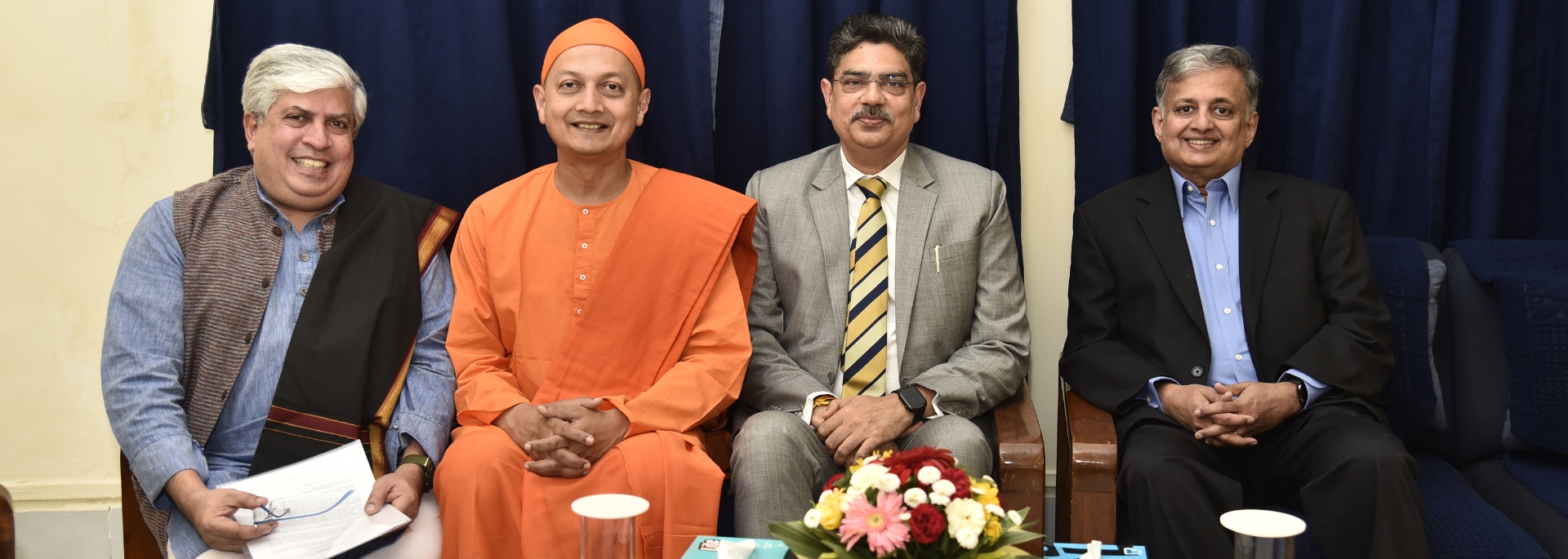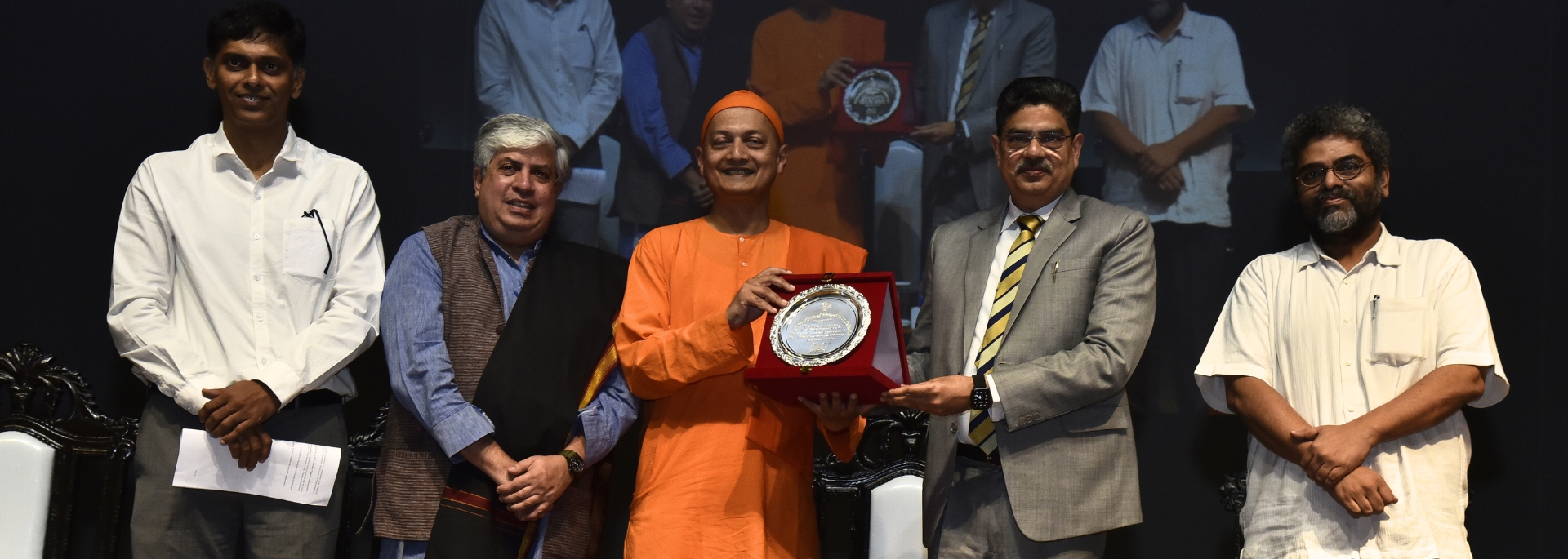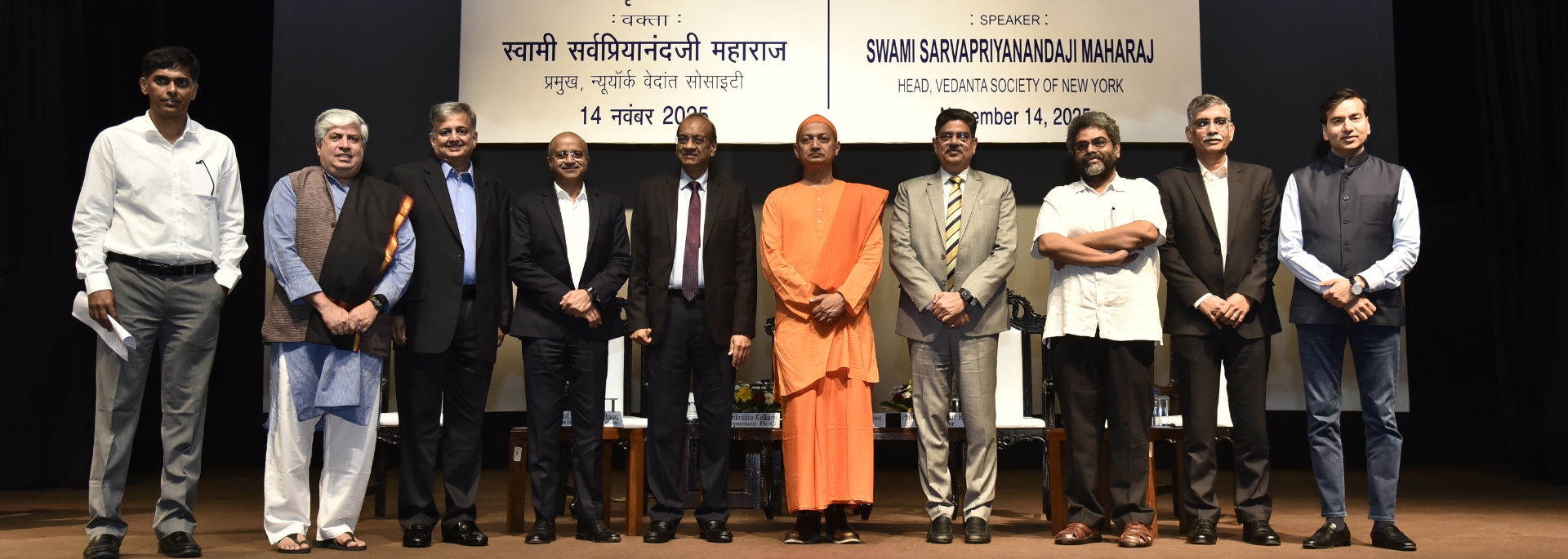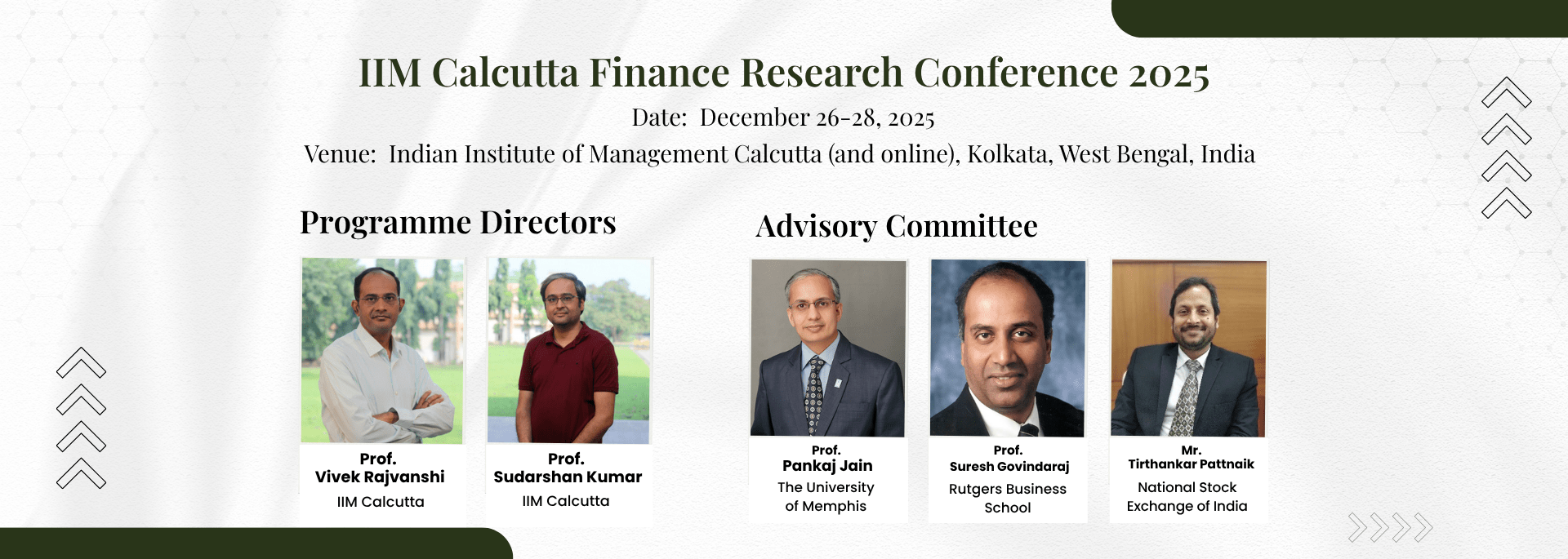Business Standard
1. Watch the PLC: Companies should keep a close watch on the product lifecycle (PLC) stage of their star product. If the product is in the late maturity stage of the PLC, innovation is the only option as the product will soon enter the decline stage where it will lose market share. So firms should focus on continual innovation which keeps track of the PLC stages of existing successful products. Also, companies must ensure losses due to cannibalisation are kept to the minimum, otherwise incremental gains in sales and profits during the transition is low.
2. Move faster than your competitor: Companies should kill or replace their star products before competitors do the same. In the latter stage the loss is bigger. So replacing star products is hardly an option. The level of innovation of Yamaha two-wheelers is to the extent of a dozen new models each year that replace many star variants with even better vehicles. With customers seeking variety, it is important to reduce time to market and constantly innovate to stay ahead.
3. Number-crunching is crucial: Watch the cash flows of your start products as you initiate the process of replacing them. You should start innovating much before the cash flows are going to peak. In fact when the start product reaches the peak it is the time to launch a new product. It's about timing the market with exciting products at the right time.
4. Don't confuse new with the old: Maruti Suzuki replacing a star product like Maruti 800 with Alto shows us that the positioning of each variant must be highly differentiated. As Maruti 800 and Alto variants increased in numbers their relative positioning became less clear to customers, it was time to upgrade the 800 to next higher version of the Alto.
5. Customer service should never suffer: Marketers should realise that there is a service in every product and a product in every service. So when they kill a variant, would they kill the service inside that variant too? What happens to the existing consumers of the star product that is being killed? Remember Matiz from Daewoo? So where do you expect the owner of Matiz to get paid service from? A good option for firms would be aligning the service of the killed star product to that of the service for the next-upgrade product. For instance, this means providing Santro customers with the option of getting their cars serviced in the same facility that services the Eon and the i10. But in many cases the customers are left high and dry when their once-a-star product gets killed.
Ramendra Singh
Assistant professor of marketing, IIM Calcutta












